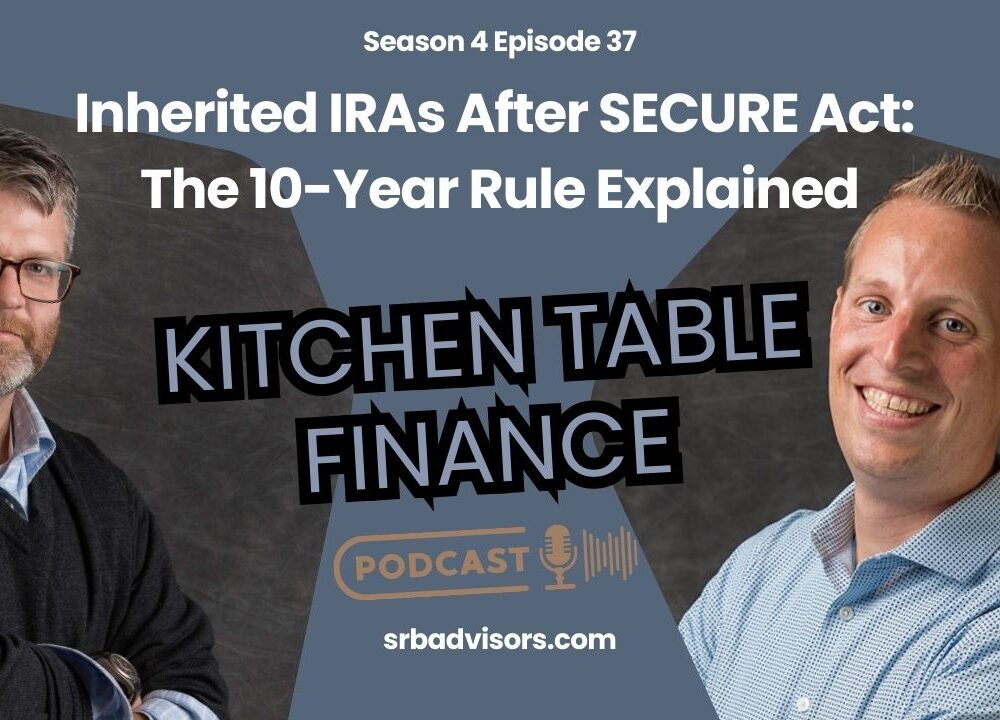Understanding Qualified Charitable Distributions

If you have an IRA and are required to take annual distributions, and you are charitably inclined, listen up: the new tax law means you might want to consider Qualified Charitable Distributions as your means of making donations.
A Qualified Charitable Distribution (QCD) means donating all or a portion of your annual required minimum distribution directly to a qualified non-profit organization. When the rules are followed, the distribution is excluded from your taxable income. Rather than receiving the money and writing a check to the charity, then deducting the donation on your taxes, the distribution goes to the charity directly and is not counted as income to you.
This strategy has been around for a few years, but the recent tax reforms make it a much more important tool for many tax payers. Under normal circumstances, in order to have a tax benefit from charitable donations, you need to itemize your deductions on your tax return. The new tax law doubled the standard deduction, so itemization won’t be necessary for many people going forward. But if you give to charity via a QCD you never receive the income at all – so there is no need to itemize in order to benefit from charitable giving. The amount that goes to charity is subtracted from your taxable income BEFORE the standard deduction is taken, so the gift can help you save on your tax bill and you can still claim the standard deduction.
The process of making a Qualified Charitable Distribution is not complicated, but a few rules need to be followed. Custodians generally require a signed distribution form for each separate charity receiving a check. That form needs to include the full name of the charity along with their mailing address. Our custodians, SEI Private Trust Company and TD Ameritrade don’t have a minimum amount for these distributions. However, I have heard that some custodians have minimum amounts per charity for a QCD, so check with your advisor or your IRA custodian if you work with a different firm.
The law states that the QCD must be from the IRA owner’s required minimum distribution. The rules for required minimum distributions read that the funds you take first from your IRA in a year, up to the amount of your required minimum amount, are used to satisfy that required minimum. Therefore, charitable distributions need to be sent out before you use up your required minimum amount by taking funds to spend yourself. For instance, if your required minimum distribution is $5,000, and you want to send $3,000 to charity and need $4,000 to spend during the year, you should process the $3,000 to charity prior to taking more than $2,000 for your own spending.
You need to make sure your tax advisor knows that you used the Qualified Charitable Distribution strategy. When you receive your 1099 from your IRA in February of the following year, the form will report your total distributions, but will NOT indicate the portion that was sent to non – profit organizations. You need to let your advisor know the proper amount to exclude. They will report the total gross distribution on your tax return and then separately report the total taxable amount, indicating that you used the QCD strategy.
If you are interested in taking advantage of this strategy, let us know and we can discuss how it would apply to your particular situation.
Share post:
